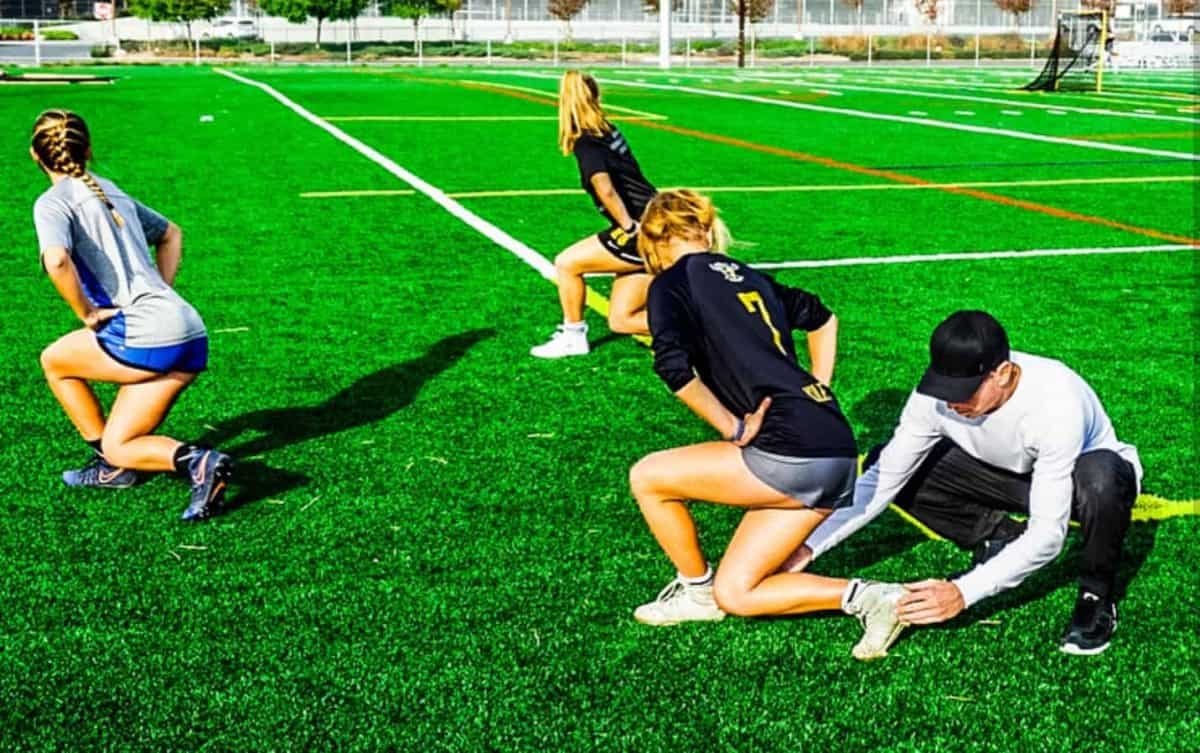A post shared by Michael Ryan B.S., CSCS (@michael.ryan.kinesiology) on
A post shared by Michael Ryan B.S., CSCS (@michael.ryan.kinesiology) on
A post shared by Michael Ryan B.S., CSCS (@michael.ryan.kinesiology) on
A post shared by Michael Ryan B.S., CSCS (@michael.ryan.kinesiology) on
A post shared by Michael Ryan B.S., CSCS (@michael.ryan.kinesiology) on
A post shared by Michael Ryan B.S., CSCS (@michael.ryan.kinesiology) on
A post shared by Michael Ryan B.S., CSCS (@michael.ryan.kinesiology) on

